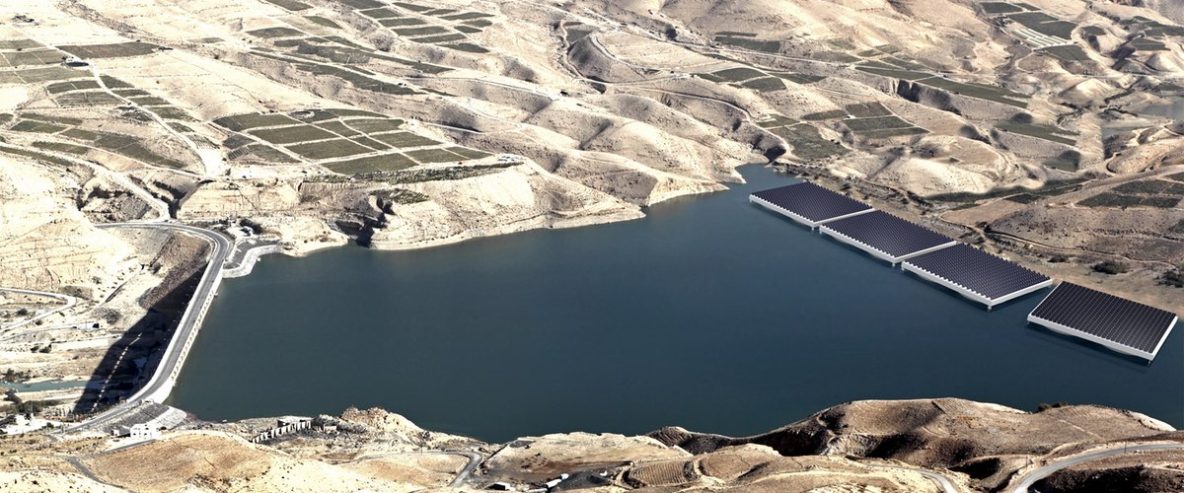Harnessing Solar Power on Water
Offshore wind farms are gaining momentum and popularity as energy providers worldwide seek for different ways of harvesting power from renewable sources without using valuable land resources. One unique idea developed by engineers at Vienna University of Technology (TU Wien) is the floating platform HELIOFLOAT which functions as a sea-based solar power station.
The HELIOFLOAT is an open-bottom, flexible float as large as a football field which is covered with solar panels from edge to edge. The installations can operate as standalone platforms for smaller operations or can be connected together forming a floating solar-harvesting power grid.
The following blog covers an interview with Ing. Fritz Eder, Project Developer at HELIOFLOAT discussing the company’s unique concept and future prospects.
We’ve heard that your company Heliofloat has a quite interesting contribution to the energy sector. Can you give us an insight?
HELIOFLOAT has its origin in an interdisciplinary research project executed by Vienna’s University of Technology in context to DESERTEC. The aim of the project was to create CSP power plants which could floating off shore, creating advantages like improved and easy back cooling of the CSP process or even PV modules, while producing desalinated water at the same time.
Based on the business developments of DESERTEC, HELIOFLOAT moved into focus and became somewhat of a focus. Our products are – of course – especially suited for areas such as the Middle East and North Africa, but we are planning on expanding our customer base.
What differentiates Heliofloat’s concept from other offshore-mounting structures?
Our platform can withstand extreme weather conditions such as strong currents, waves, and sea storm. Although being of slim and light-weight design, our modules perform very well off shore and float in a most stable manner. A similar sized closed-bottom platform made of rigid air-filled barrels would sway and break under the pressure of massive waves. To withstand rough water, the closed bottom structure would need to be so large that it would become impractical to build and use at sea. But not only is the HELIOFLOAT stable, its open-bottom design makes the structure lightweight and affordable to build.
Taking technical singularities aside, our products are also very cost effective, providing customer payback within a reasonable time period due to providing multiple profits sustainable.
What are the different areas of application for the Heliofloat-technology?
Besides our obvious core value of providing installation are for CSP or PV modules, our products offer additional benefits such as the prevention of water evaporation especially applicable to barrier lakes and similar bodies of water. Furthermore, we are developing hydro/aquaponics for the use on salt-water lakes.
We can include the complete range of our features and functions within the same installation. Meaning that – for example – on a highly salted lake in a dessert, HELIOFLOAT could provide electricity, heat / cold, agriculture, aquaculture, and hydroculture without losing a single drop of water. Eliminating the need to irrigate fields to get food or feedstock.
Could you give us an insight in your company’s future goals and ambitions for following years?
The team at HELIOFLOAT is comprised of ambitious researchers, engineers, and businesspeople. Personally, it is very likely that I will change my main residence from Vienna to Cairo, Tehran, and Tunis because of all our ongoing projects within the area.
We are aware of the challenges inherit to the area, but we want to contribute to sustainable solutions and we know that we have the potential to create a huge positive impact concerning power generation and water preservation all across the globe.

